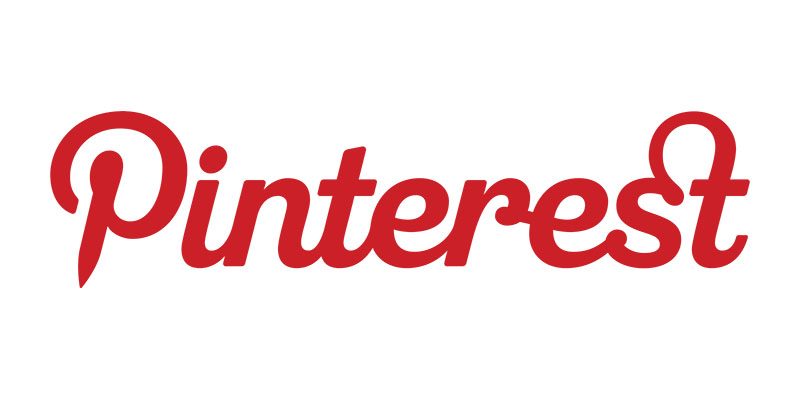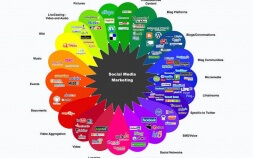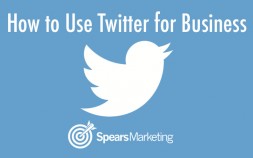Pinterest can be a huge traffic driver to your blog each day, especially if you follow these steps below. After extensive testing, this checklist has proven to grow Pinterest following amazingly.
Should your business be on Pinterest? Pinterest is the most recent, and currently the fastest growing social network around. It’s a virtual pinboard, where users can “pin” online photos and videos to boards they’ve created, and other users can re-pin those pictures to their own boards.
The interesting thing about Pinterest is that it’s a completely based upon visually appealing graphics, and those that have the most appeal tend to get the most re-pins, and in turn, visits to their website. Oh yeah, each photo or video that is pinned on Pinterest has to be linked somewhere else, and if that somewhere else is your website, Facebook page, Youtube or Flickr account, it can get a lot of traffic in a hurry. This can mean new business and opportunity for your shop.
How about posting pictures of a really dirty oil filter just removed from a car? Or how about a cleaned up engine that you’ve just repaired? You know those tutorial videos you’ve been recording? Those are a great candidate to go viral. You never know what picture or video might gain traction on Pinterest, and bring an entirely new set of customers to your business.
I recently had a client who began using Pinterest, and had a picture posted go viral. That one picture alone drove over 12,000 views to her website…in one day. Could your business website use that kind of traffic?
Daily Pinterest Tasks
Create a new board each day. This is most important when you first join Pinterest or if you don’t have many boards.
Pin 20 things to the new board.
Pin 1 thing to each old board -this should continue every day.
For Each Pin, do the Following
If pinning from an existing post on a site, click “pin” and select the correct image for that post or page.
If re-pinning from a pin already on Pinterest, check and make sure pin links to a real, legitimate website and that the article on the website is actually what the pin links to.
When you pin something, especially from your own site, make sure to leverage the description box below the image. Use it wisely to write a keyword-rich description. Think of it as the meta description on your blog post. The most re-pinned pins are between 210 and 300 words.
Always use relevant hashtags with your pins. Hashtags should be things like the general category: #DIY, #Recipe, #Gardening, #kids, etc. A few other descriptors such as: #dessert, #totallydoingthis, #natural, etc. are good to add in as well.
If posting from your own site, include your URL in the description. People will search and find descriptions and hashtags so use them carefully -only use in descriptions!
Optimize image sizes. Especially from your own site, make sure that images are Pinterest friendly. Pinterest limits the width of pins but not the height, so your pin will take up more visual area on a Pinterest feed if it is tall.
Example of a great description:
How I Learned to Eat Liver (and Stopped Gagging on It) https://www.stephgaudreau.com/
Click to read the simple solution that’s got me eating one of nature’s most potent superfoods https://www.stephgaudreau.com/2013/12/29/how-i-learned-to-eat-liver/
#paleo #liver #superfood #realfood”
To Increase Your Pinterest Reach
Pin at least a few things from bigger pinners each day (those who have more followers than you).
Like or comment on 10-20 pins a day.
Pin everything you write to a “Stuff I Wrote” Board which should be named the same thing as your site. Make sure all posts you’ve written are pinned there eventually.
When you create a new board, make sure you edit it to be in the right category.
Check your Pinterest stats to see when the best times to pin for your audience are. Typically it seems that between 10:00 AM – 12:00 PM in the morning and 2:00 PM – 4:00 PM in the afternoon and anytime after 7:00 PM but before midnight work best.
Consider using your own hashtag with your name to all pins from your site. This also helps you track your pins.
For stuff you want to pin later but don’t need to pin yet, just like it (click the heart) so you can go there and re-pin it later.
Consider a “Pinner of the Month” Strategy
Create a group board with one other well-known pinner. You will probably have to collaborate with pinners with smaller audiences at first and work up as you build your audience.
Name the board after your site with “Pinner of the Month: September” so that the board name would look like this: “Wellness Media Pinner of the Month: September”.
This board is a mutual collaboration, so your followers are exposed to the other blogger, and the other blogger’s followers are exposed to you.
The other blogger agrees to pin mostly your content (and some of his/her own) to this board with a certain number of pins per day each month.
This benefits both of you, keeps your content fresh in Pinterest, and is a great way to build mutually beneficial relationships.
Track Your Stats
Track your analytics in Pinterest to notice any trends that are popular with your audience.
Tools like Pin Count can give you a count of the number of times a particular post has been re-pinned.
Advanced Tips
- Consider using Rich Pins to make your pins more attractive and easy to find within Pinterest search engines
- Add a “pin it” button to images on your site if it fits with your brand and content strategy.
- Make sure your page is a business page.
- Optimize your board names for keywords like “Breakfast Recipes” or “DIY Ideas”.
- Rearrange your boards on your profile page to match the seasons or your business objectives.
- Keyword optimize your description on your profile.
- Connect your Pinterest account to your other social media accounts under your “settings” tab.
- Add the Pinterest profile widget to your home page if it is consistent with your brand and you are comfortable with it.
- Use a tool like Curalate to space out pins throughout the day so you aren’t bombarding your followers with 50 pins at once.
- Try using Board Booster to help grow your following quicker
Pinterest can be a great tool for growing an audience, but as the Pinterest platform continues to grow, it can be harder to gain traction.
The above infographic has some great tips for using Pinterest effectively, and the following tips/checklist may also be helpful:
Pinterest Checklist
Each day, the goal is to do the following if possible (Especially when just starting out):
- Create one new board (at least for the first 60 days or so)
- Pin 20 things to the new board
- Pin 1 thing to each old board
For each pin, do the following:
• Check and make sure it links to a real website that looks legitimate and that the article on the website is actually what the pin links to
• Click pin and pin the correct image (or repin good pic from Pinterest after checking the source)
• Include a description (up to 50-100 words that sounds conversational and fun, like you would comment on something) and 3-4 hashtags that are applicable.
• Hashtags should be things like the general category: #DIY, #Recipe #Gardening #kids etc. and a few other descriptors. #dessert #totallydoingthis #natural etc. Also include a link to your website in the description. People will search and find descriptions and hashtags so use them carefully – only use in descriptions
• Example of a great description: “How I Learned to Eat Liver (and Stopped Gagging on It) | stupideasypaleo.com Click to read the simple solution that’s got me eating one of nature’s most potent superfoods >> https://www.stephgaudreau.com/2013/12/29/how-i-learned-to-eat-liver/ #paleo #liver #superfood #realfood”
Other Important Stuff:
• Pin at least a few things from bigger pinners each day (preferably some from pinners with more followers)
• Like or comment on 10-20 pins a day
• Pin everything new (and old) to a “Stuff I Wrote” Board which is the first one you should create. Make sure all posts are pinned there so you have all of your own stuff in one place.
• When you create a new board, make sure you edit it to be in the right category
• Best times to pin (from Pinterest stats) are 10AM -12PM in the morning and 2PM – 4PM in the afternoon and anytime after 7PM but before midnight (Eastern times)
• Use hash tags with your site name to make it easy to find things you’ve pinned from your own site
• For stuff you want to pin later but don’t need to pin yet, just “like” it (click the heart) so you can go there and re-pin it later.
• When pinning your own content, make sure you have clicked on the actual post and not just the main site
If you have questions about this strategy or tips and suggestions on what has worked well for you, ask away below!


